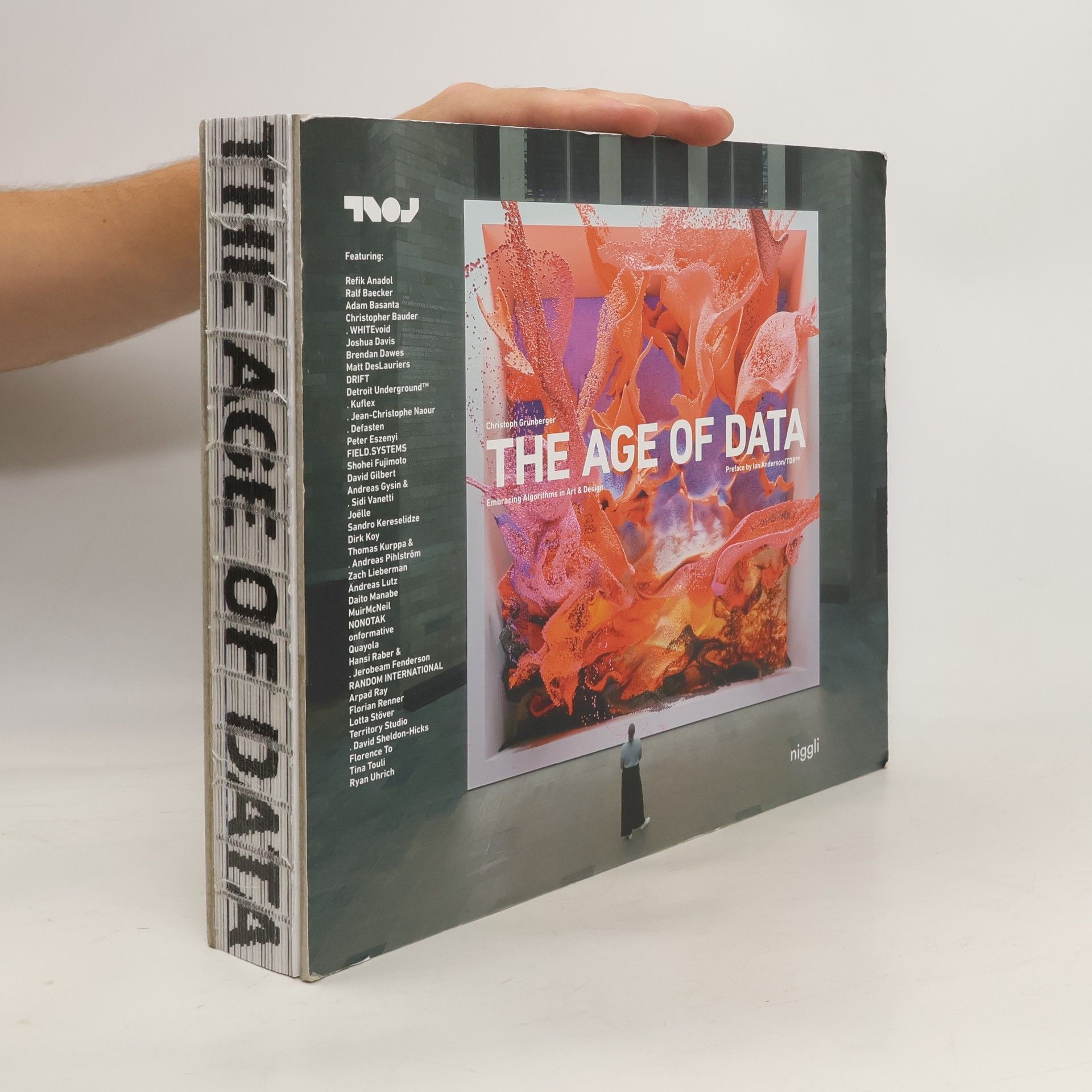Art is constantly evolving, inviting experimentation, and, in today’s digital age, uses artificial intelligence to create entirely new realities. Data as a tool of expression is used by artists as an equal partner to break new ground at eye-level, while at the same time redefining the concept of art to revolutionize the world of design. This volume focuses on the esthetics and creativity of a new generation of designers who are using algorithm-supported tools along the vertical, from graphic design to 3D animation, kinetic objects and real-time visuals, to robotics and spatial installations, as well as hybrid approaches between digital and analog. For this compendium, the editor was able to involve the biggest names in the world of data-driven design to present their most important work on the basis of facts, aspects, and stories and to provide insights into their creative processes. These range from the vision via the underlying code and challenges in the implementation concept, to the finished work. On a theoretical level, the presented works are significantly enriched by interviews and texts of experts and insiders of the scene. “The Age of Data“ shows the future of art and design in this day and age in which the whole world is under close scrutiny due to the pandemic. It is an invitation to taking the next steps and a motivation to keep up with the ongoing data based design developments.
Christoph Grünberger Libri
